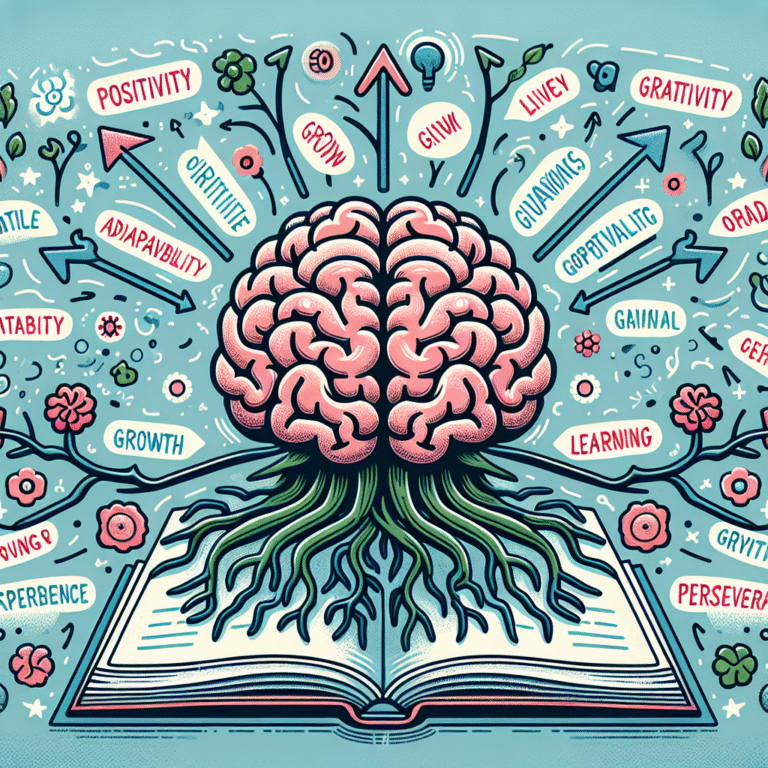
Introduction
Imagine a classroom where every student feels inspired to reach their potential, driven by the unwavering expectations set by their teachers. This vision is not just an ideal; it’s achievable by understanding and implementing effective teacher expectations. Raising the Bar: Understanding Teacher Expectations in the Classroom reveals how high expectations can create an environment where both educators and students thrive. By delving into the vital role of these expectations, we invite teachers, administrators, and parents to explore strategies that genuinely uplift and empower students.
The Importance of Teacher Expectations
Setting the Stage for Success
Teacher expectations can significantly influence students’ academic and behavioral outcomes. Research shows that students perform better when teachers communicate high expectations. This relationship highlights why understanding these expectations is crucial.
Key Concepts
- Expectancy Theory: This theory asserts that individuals are motivated to act based on expected outcomes. In the classroom, when teachers expect students to succeed, it fosters a culture of achievement.
- Growth Mindset: Fostering a growth mindset encourages students to see challenges as opportunities for development rather than obstacles.
Case Study: The Power of High Expectations
A middle school in Chicago implemented a program where teachers used data to set high expectations for students. Teachers publicly displayed the benchmarks they expected students to meet. The result? A 20% increase in standardized test scores.
Table 1: Average Test Score Changes After High Expectation Implementation
| Year | Average Test Score | Percentage Increase |
|---|---|---|
| Pre-Program | 68 | – |
| Post-Program | 81 | 20% |
Building a Framework for Expectations
Establishing Clear and Communicable Goals
To raise the bar, it is crucial to set clear, achievable, and measurable goals. Teachers should ensure that expectations are realistic and attainable.
SMART Goals
Applying the SMART criteria (Specific, Measurable, Achievable, Relevant, Time-bound) helps in establishing concrete objectives.
Regular Feedback: Key to Continuous Improvement
Implementing regular feedback methods can solidify teacher expectations. By offering constructive feedback, teachers allow students to understand their progress, reinforcing a culture of learning.
Case Study: Continuous Feedback Loops
At a high school in Texas, a teacher began implementing weekly feedback sessions with her students. The sessions focused on individual progress toward goals set at the beginning of the semester. This practice resulted in a noticeable improvement in student engagement and academic performance.
Table 2: Student Engagement Before and After Feedback Implementation
| Measuring Criteria | Before Feedback | After Feedback |
|---|---|---|
| Class Participation (%) | 45 | 70 |
| Homework Completion (%) | 60 | 85 |
Creating an Inclusive Learning Environment
Recognizing Individual Differences
One essential aspect of Raising the Bar: Understanding Teacher Expectations in the Classroom is the recognition that not all students come from the same background or learn at the same pace. Differentiated instruction allows teachers to adapt their methodologies to meet diverse learning needs.
Techniques for Differentiation
- Flexible Grouping: Organizing students into varied groups for collaborative learning.
- Personalized Learning Plans: Tailoring assignments to fit individual student needs based on their strengths and weaknesses.
Case Study: Differentiated Instruction in Action
An elementary school in California adopted a differentiated instruction model that used various materials and teaching styles to cater to individual learning preferences. This led to enhanced student performance on assessments and a sense of belonging among learners.
Table 3: Performance Changes by Instruction Method
| Method | Pre-Assessment Score | Post-Assessment Score |
|---|---|---|
| Traditional Teaching | 62 | 75 |
| Differentiated Instruction | 58 | 82 |
Engaging Families and Communities
Collaboration Beyond the Classroom
Raising the Bar: Understanding Teacher Expectations in the Classroom extends beyond school walls. Engaging families allows for a more comprehensive support system for students.
Strategies for Family Involvement
- Parent-Teacher Conferences: Facilitating dialogues about student progress and expectations.
- Workshops: Educational sessions for parents on how to support learning at home.
Case Study: Family Engagement Impact
A local school in New York launched an initiative where families participated in academic workshops. This program increased parental involvement and positively affected students’ attitudes toward learning.
Table 4: Family Engagement and Student Success Correlation
| Family Engagement Level | Student Attitude Score |
|---|---|
| Low | 54 |
| Moderate | 72 |
| High | 89 |
Leveraging Technology in the Classroom
Tech Tools to Support Expectations
Implementing technology can also bolster teacher expectations. Digital platforms can facilitate more effective communication, track progress, and provide instant feedback.
Recommended Tools
- Learning Management Systems (LMS): Enable tracking of student assignments and performance.
- Interactive Apps: Foster student collaboration and engagement through gamified learning experiences.
Case Study: Technology Integration Success
A high school in Washington integrated an LMS that allowed for real-time feedback. Teachers reported increased student accountability and ownership over their learning.
Table 5: Technology Impact on Learning Outcomes
| Metric | Pre-Technology Usage | Post-Technology Usage |
|---|---|---|
| Completion Rates (%) | 55 | 80 |
| Overall Satisfaction (%) | 62 | 90 |
Conclusion
In summary, Raising the Bar: Understanding Teacher Expectations in the Classroom is not merely about setting high academic standards; it’s about fostering an environment where those standards can flourish. By embracing clear communication, continuous feedback, inclusivity, community involvement, and technology, educators can create a lasting impact on student success.
Inspirational Takeaway
As educators, your role is more than teaching; it’s about shaping future leaders. By understanding and implementing effective teacher expectations, you not only raise the bar but also inspire students to reach heights they once thought unattainable. Remember, the secret to unlocking potential lies in the expectations we set.
FAQs
1. How can I effectively communicate my expectations to students?
Clear communication of your expectations through verbal cues, written guidelines, and classroom discussions can help students understand what is required of them.
2. What if a student consistently falls short of my expectations?
It’s essential to identify the underlying issues. Provide additional support, adapt your teaching methods, and communicate with parents for collaborative solutions.
3. How can I foster a growth mindset in my students?
Encourage students to view challenges as opportunities for learning, provide constructive feedback, and celebrate their efforts along with their outcomes.
4. How often should I revisit my expectations?
Regularly revisiting expectations through discussions, reflections, and feedback allows students to reassess their goals and progress.
5. What role does classroom culture play in teacher expectations?
A positive classroom culture fosters a safe environment where students feel motivated to meet expectations without fear of failure.















